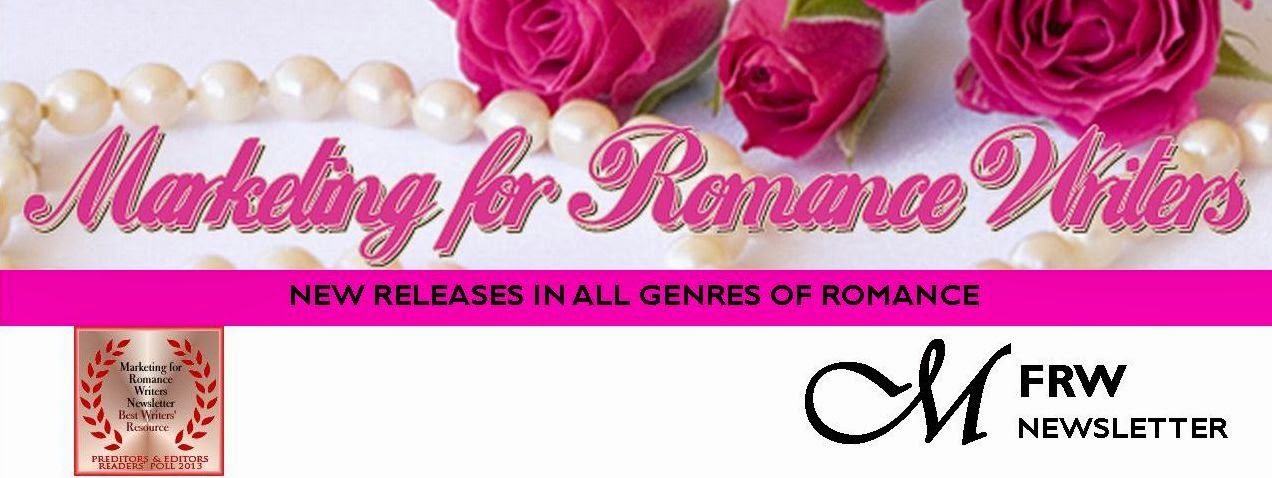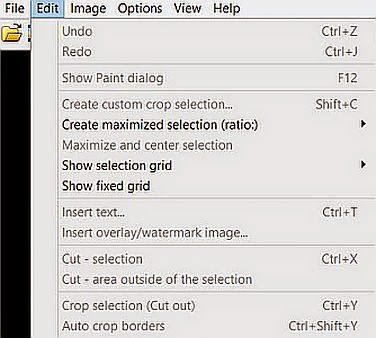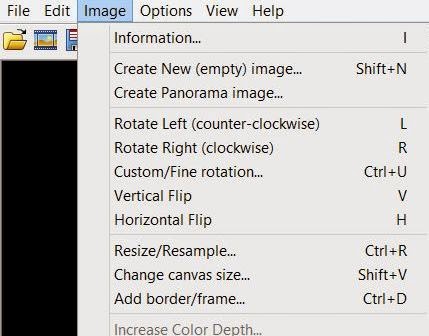 |
| Button for Kayelle Allen's blog |
As a writer who's been published for eleven years (with fifteen books including two anthologies and one boxed set), I've had a bit of experience in the area. I'm also the founder of MFRW. People share their stories with me. Here's my take on blogging.
A blog is a way of having fresh content on your website
every day. How often can you release a new book? Probably not often enough to get people to
come back to your website on a regular basis. Blogging brings people, and can
generate followers for your blog, and for your social media.
Ask yourself -- so what?
Why does that
matter? Because those people who come back are people who have heard of you. When people buy books,
they buy books that interest them, and they buy books by authors they know. They've learned that the author will
give them a good read. Name recognition in this business is a major key to success.
When readers see your name, if they've been to your blog
and/or followed you on social media, there is name recognition. That's crucial, epecially when thousands of books are released every day. If you have a choice between buying a book by someone you've never heard of, and someone you know, which will you pick?
As much as we'd all like to say that we write for the joy of
writing and because it's in us and we just have to write, the truth is, we'd like to
make some money doing it. We'd like to have a best seller.
Blogging is part of
the overall marketing strategy a writer needs. Do you have to write in-depth
articles every day? Certainly not. You can have guests, post videos about cats,
have a puzzle spot, do a post with pictures of your vacation, anything you
want. It doesn't have to be every day. But you need fresh content to keep
readers coming back. Experiment with it. Is it three times a week? Once a week? Twice a month? Be consistent, and talk about things you love. Do what
works for you.
The other -- and to me, this is the number one reason for
blogging -- is to get people to sign up for your newsletter. If you don't have
one, start it now. I use Mailchimp. There are other programs. Find what works for you,
and use it at least once a month. Why? I'm glad you asked.
If you are consistently sending readers to Amazon, or Barnes and Noble, or
ARe, or any book seller, that's great. It's nice when they buy. But wouldn't it
be great if you knew who those people were? Wouldn't it be awesome if when your next
book comes out you could send them a direct email and let them know personally? They
already bought your other book. Why wouldn't they want your next one? Of course
they would. But if you only send readers to the book sellers, you will never
know who those readers are. So create a sign up sheet via MailChimp (or
another site) and invite people to give you their email address. You won't get a ton of sign ups,
but you will get some. It takes time, but build up your list. Have a contest now and then. You don't have to spend a ton of money on this. But get started now.
 |
| Create a simple graphic |
Create a Graphic
An easy way to get people to sign up is to write a short
story based on characters in a current book, and offer that as a giveaway for
signing up. They sign up, and MailChimp sends the confirmation, with a link to
your book's download site. Easy peasy. Create a graphic that invites people to sign up for your newsletter, and place it on your blog and website. Link it to your sign up page. Want to see one in action? Try mine.
All you need to get people to come to your site on a regular basis is a reason for them to be there. That is where blogging
comes in.
Remember, the number one reason to have a website is to sell books.
You do that by having fresh content, a way for people to sign up for your
newsletter, and information on the site about those books. It's simply another way to connect with readers.
Yes, it takes time and organization to set up. Once you get over the fact that you will have to work at being an author, just like any other job, you'll do well. It wasn't easy to write the book. It wasn't easy to publish it. Blogging is just one more step in the process of making people aware of you, your talent, and your stories.
But hey, you got this far, didn't you? You got this.
---
Kayelle Allen is a best selling author, and the Founder,
Marketing for Romance Writers.
Website http://kayelleallen.com/ Twitter http://twitter.com/kayelleallen
Website http://kayelleallen.com/ Twitter http://twitter.com/kayelleallen











